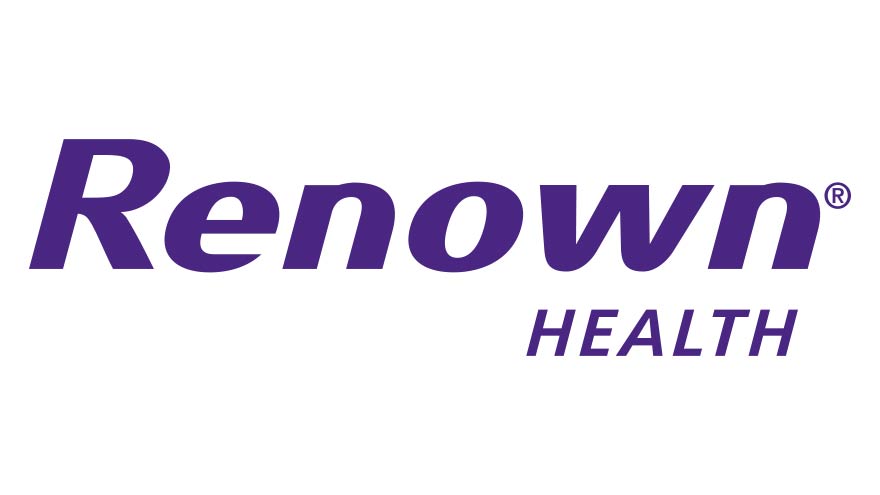
20 Sep 2022
Your company's recruitment strategy is the first step in ensuring employee satisfaction and retention. Hiring practices that are too hasty can result in high turnover costs and a team that performs poorly. It's obvious that a lot of employees have reviewed their priorities and raised the bar for what they expect from their employers. Opportunities for professional development and career progression continue to rank first, closely followed by businesses whose values align with their own.
Staff satisfaction may be difficult to achieve, but there is a straightforward fix: reduce employee turnover by improving the workplace environment.
Employers need to realize that finding a candidate takes much longer than waiting for an employee to provide two weeks' notice and quit. How can this be resolved? Boost retention while enhancing staff engagement. To align themselves with their workforce, companies must rethink what it means to be a part of their organization.
When it comes to retention tactics, these strategies will have the biggest impact:
1. Businesses Must Demonstrate That They Are Great Places to Work
For an organization to succeed, its corporate culture must be modern, flexible, and bottom-up. Companies will be better able to create an inclusive, transparent environment where all types of people may thrive when employees feel that their opinions are valued and heard. Culture continues to be one of the top three factors influencing employee job satisfaction today. Unhappy employees are 15% more likely to look for new employment.
As a result, businesses must keep control over their story and let potential employees know how much they are appreciated. Making a wonderful workplace can help you attract higher-quality individuals as well as aid in employee retention and job happiness. Workers may exchange their satisfaction on social media.
When you start obtaining these kinds of employee endorsements and success stories, post them on your website and recruitment portals so that prospective candidates can see them there.
2. Companies Must Honestly Be a Great Place to Work
Don't just talk about your company's culture; actually, practice it. The first step in creating a great company culture is to support your current workers, and they should know.
No matter how the labor market is doing, the greatest employees will always have a choice in where they work. Businesses should take precautions to ensure that they don't fall into the wrong hands, especially given that it often costs between half and two times as much to replace one employee.
While trust, respect, and camaraderie are essential components of all successful workplaces, a company's specific employee benefits programs play a critical role in achieving its desired culture. By examining the greatest, you may contemplate what appeals to you, your business, and your workforce.
3. Enhance workers' ability to balance work and life
Prioritizing work-life balance has practically become a requirement in the new normal of hybrid or entirely remote work environments. Many people would rather perform a less challenging job for less money than continue in a career that doesn't allow for relaxation or remote chances.
To make sure everyone gets the right amount of work each day and has time for personal hobbies, leaders can audit workloads. Communication with employees on an open and frequent basis is the key to all of this. Managers and team leaders will find it easier to identify indications of workload resentment or perhaps the start of burnout as a result. These discussions taking place before deadlines allow for simple tweaks that have little effect on your output.
4. Focus on Strengths Rather Than Weaknesses
It's simple for executives in high-stress situations to dehumanize staff members and ignore the significance of the impact their work has on their personal life. Focusing on a person's flaws can lead to destructive cycles that further undermine performance.
Team leaders should encourage employees to continue their good work in areas where they show promise rather than focusing on what they are doing incorrectly. According to a Gallup poll, 61% of participants who worked in environments that focused on their talents reported feeling engaged at work. Only 22% of those whose managers highlighted their weaknesses concurred, in contrast.
5. Promote mentoring programs
Our second tactic is to develop mentorship programs as a logical way to highlight strengths. One of the biggest mistakes firms make is underinvesting in learning and development. Workers need to understand that you're willing to invest financially in their development.
Tools for giving career development conversations top priority must be part of every effective employee engagement strategy. For instance, businesses might pair new hires with individuals in appropriate positions. This promotes mobility and improves the working environment, which is essential for employee retention.
Additionally, mentoring programs can help employees from historically marginalized groups get through institutional barriers. Maintaining exceptional staff means creating an environment where everyone, regardless of background, can achieve.
6. Encourage professional growth by providing constructive criticism
Workers crave feedback. People can stay motivated at work if they have a line of communication open with their managers that is continually focused on their skills.
Only one-third of employees, however, receive one-on-one mentoring and feedback from their immediate boss. Team members may wonder how they're doing and feel lost or disinterested if they don't get frequent feedback. If managers only provide feedback when employees make mistakes, workers will feel undervalued.
The importance of providing staff with positive, motivating feedback should be taught to leaders. There are several techniques available to assist in communicating performance issues that are more concerned with the future than with the specifics of the current work.
7. Develop Equitable Tasks for Teams
To stay motivated at work, employees need to feel challenged; if they perform the same task every day for years on end, they will eventually grow bored. Workers should have the opportunity to solve relevant issues at work.
These difficulties ought to be beneficial rather than destructive. Finding a solution to a business problem or providing employees additional authority are two examples. Each employee ought to have one to three quarterly goals, to begin with. More management engagement results from setting goals that advance the business and enable workers to take on challenging assignments related to their career ambitions.
8. Act with Openness
Employee loyalty requires that their trust be won. Gaining people's trust requires being open and honest about the success and growth of the company as well as directly addressing their issues. Employees are made aware of their value to the organization and allowed to participate in something bigger than themselves when the leadership shares their vision for the organization's future and explains how they fit into it.
9. Provide just remuneration
Although it should go without saying, employees must receive competitive remuneration. If a team member can perform the same duties for a better income at another business, they are much more likely to think about leaving. Money isn't everything, of course; there are lots of other reasons why people leave their professions. The desire to support their family and have adequate money is a really powerful motivator, though.
Companies must offer competitive salaries and perks to retain employees. Follow the most recent wage trends for each position. Update pay rates frequently to reflect the wider market, and survey your staff to see which benefits they appreciate the most.
10. Establish a Recognition and Reward System
Everyone wants to feel that their efforts are appreciated. The "anywhere workforce" of today may be especially influenced by an employer's admiration. Since their actions help the organization, leaders should praise direct reports for going above and beyond. To promote innovation and creative thinking, some businesses design formal incentive programs.
Employee Retention and Job Satisfaction Go Hand in Hand Company culture will influence the success or failure of your retention strategy. If employees feel welcomed and at home in your corporate culture, retention will rise. However, if they feel that the culture is toxic and drains their energy, they are more likely to leave.
In sum, connection is a key component of culture, and it needs to be intentionally fostered, especially in mixed-group and lonely settings. When employees feel a sense of connection to the firm, its executives, and each other, their engagement and loyalty will rise.
The first step in guaranteeing employee satisfaction and retention for your business is your recruitment strategy, and we, Trioptus will help you with that. Too fast hiring processes can lead to high turnover costs and a team that performs badly, therefore we'll make sure to assist you with the most extraordinary people within your budget. Businesses that share their values closely with opportunities for professional development and career advancement are what candidates are looking for, so we are here to assist you to identify such candidates.











Comments (0)